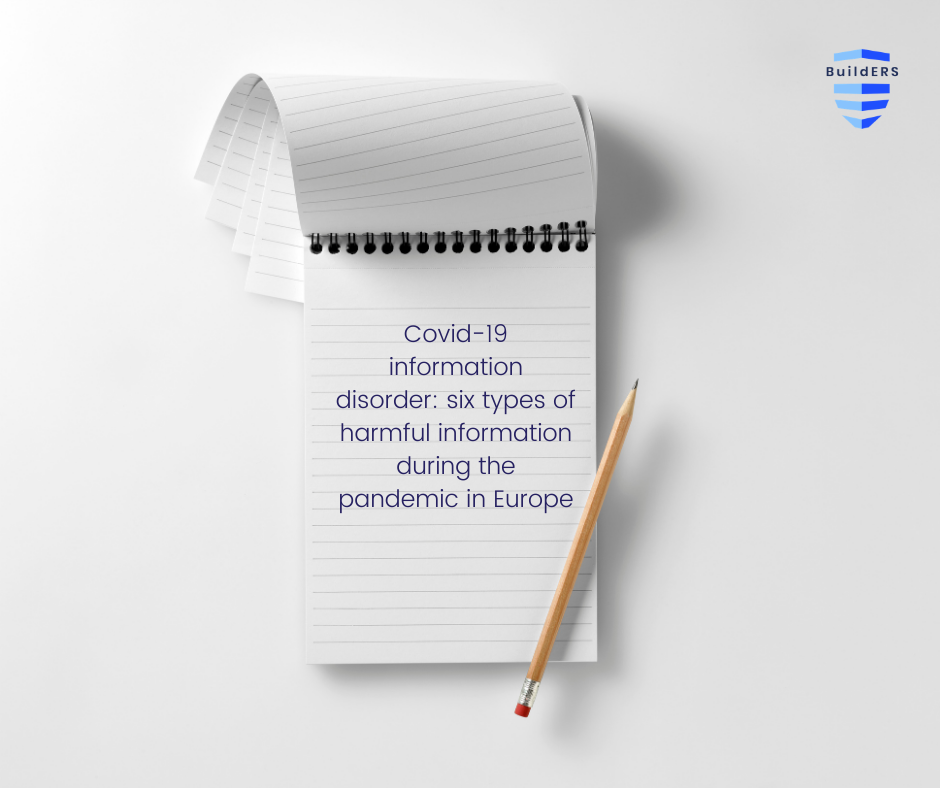When various official or unofficial sources issue erroneous, misleading or contradicting information during a crisis, people who are exposed to this may behave in ways that cause harm to the health and well-being of themselves or others, e.g., by not taking appropriate risk reducing measures or blaming or harassing vulnerable groups.
To work towards a typology of informational content that may increase people’s vulnerability in the context of the coronavirus pandemic, this article investigates 98 instances of potentially harmful information that spread in six European countries – France, Italy, Norway, Finland, Lithuania, and Estonia – between March and May 2020.
It suggests that during the pandemic, exposure to harmful information may have made people more vulnerable in six ways:
(1) by discouraging appropriate protective actions against catching/spreading the virus,
(2) by promoting the use of false (or harmful) remedies against the virus,
(3) by misrepresenting the transmission mechanisms of the virus,
(4) by downplaying the risks related to the pandemic,
(5) by tricking people into buying fake protection against the virus or into revealing their confidential information, and
(6) by victimising the alleged spreaders of the virus by harassment/hate speech. The proposed typology can be used to guide the development of risk communication plans to address each of these information-related vulnerabilities.
If you are interested to read the full publication, you can find it here.
Authors:
Sten Hansson (University of Tartu, Estonia), Kati Orru (University of Tartu, Estonia, Sten Torpan (University of Tartu, Estonia), Asta Bäck (VTT Technical Research Centre of Finland, Finland), Austeja Kazemekaityte (University of Trento, Italy), Sunniva Frislid Meyer (Institute of Transport Economics, Norway), Johanna Ludvigsen (Institute of Transport Economics, Norway), Lucia Savadori (University of Trento, Italy), Alessandro Galvagni (Provincia Autonoma di Trento, Italy), Ala Pigrée (Independent Researcher, France)
